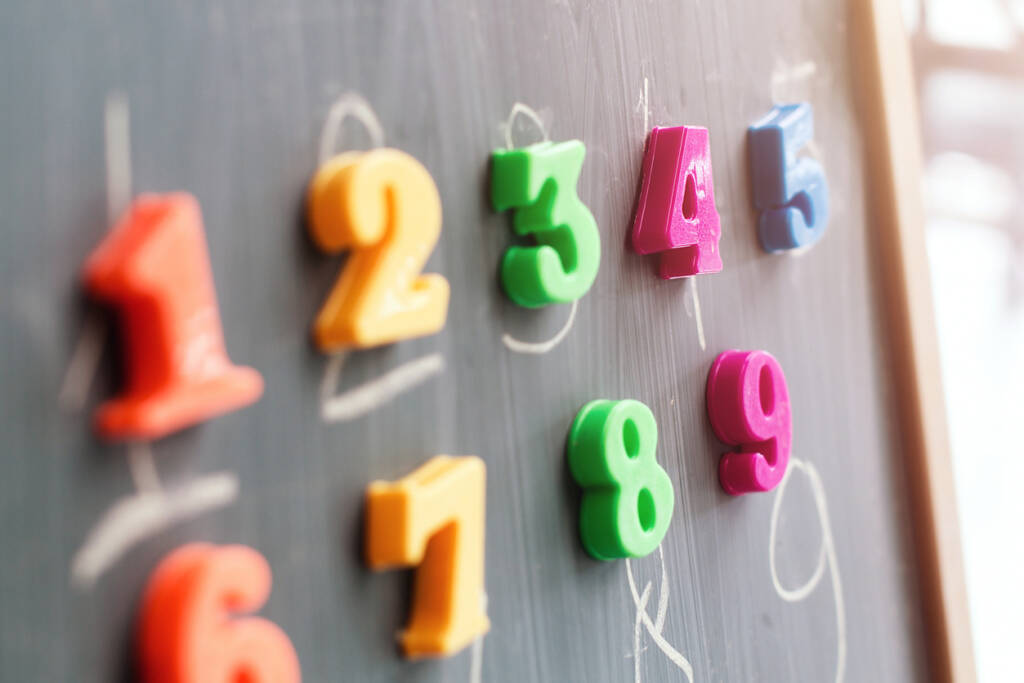
Elementary Language Arts Grade K

Learn to read and write with Penelope the Pirate! In this course, students will go on a language arts adventure where they will learn new letters and sounds and how to put them together to make words. Students will go on an alphabet safari, play games, share ideas through drawing and writing, read along with interactive storybooks, and even record themselves sounding out words as they discover a whole new world of letters, sounds, and words.
Please view the Elementary Parents Guide for Grades K-2 with guidance on helping your student transition to online learning and thrive at VLACS.
Major Topics and Concepts
Segment One
- Concepts of print
- Syllables
- Rhyming words
- Onset and rime
- Beginning, middle, and ending sounds
- Letters and sounds
- CVC words
- Sight words
- Story elements: character, setting, and events
- Author and illustrator
- Main topic and key details
- Fact and opinion
- Compare and contrast
- Present information orally
- Printing letters
- Opinion writing
- Expository writing
- Narrative writing
- Grammar, punctuation, capitalization, grade-level spelling
- Ask and answer questions about a text
- Multimedia element
- Vocabulary
- Unknown words
- Sorting into categories
Segment Two
- Add, delete, and substitute phonemes
- Segment and blend phonemes
- Letters and sounds
- CVC and CVCe words
- Sight words
- Story elements: character, setting, and events
- Author and illustrator
- Main topic and key details
- Fact and opinion
- Compare and contrast
- Present information orally
- Printing letters
- Opinion writing
- Expository writing
- Narrative writing
- Grammar, punctuation, capitalization, grade-level spelling
- Ask and answer questions about a text
- Multimedia element
- Vocabulary
- Unknown words
- Sorting into categories
Course Materials
Competencies
Letter and Sounds that Create Words
I can differentiate between letters and words. I can identify words made from individual spoken sounds or syllables. I can identify the name and the sound for the letters S and M. I can describe concepts of print including reading from top to bottom and left to right. I can retell stories. I can create illustrations to tell about a topic.
Pictures and Words to Share an Opinion
I can identify the name and sound for the letters H, T, and N. I can identify words that rhyme. I can identify nouns as naming words. I can identify the author and illustrator of a book. I can explain the use of pictures to figure out unknown words. I can describe my opinion about a topic.
Pictures and Words to Share Information
I can identify the name and sound for the letters L, I, and B. I can identify the different parts of a book. I can describe the change made to a noun to show more than one. I can identify the number of syllables in spoken words. I can write an informational writing piece with pictures and words.
Telling a Story in Sequence
I can identify the name and sound for the letters D, P and A. I can identify the beginning sound in a word. I can identify questions to find out about a text. I can identify verbs as action words. I can describe the beginning, middle and end of a story.
Upper and Lower Case Letters
I can print the upper and lowercase letters in my name.
Writing a Story
I can identify the name and sound for the letters C, O, and R. I can identify beginning and ending sounds in words. I can identify adjectives as describing words. I can describe the main character of a story. I can compare characters from books. I can write a story that has a beginning, middle, and end.
Comparing Characters and Writing Opinions
I can identify the letter names and sounds for the letters Q, Y, and V. I can describe verbs as action words. I can identify past tense verbs. I can compare the experiences between characters in books. I can write an opinion piece including reasons to support my opinion.
Key Details in Stories
I can identify the name and sound for the letters U, X, and Z. I can identify vowel sounds in spoken words. I can identify the onset and rime of spoken words. I can retell key details from a story. I can write a story in sequence with proper capitalization and punctuation.
Long Vowels and Expository Writing
I can differentiate between words with long and short vowel sounds. I can identify long vowel sounds using magic ‘e’. I can identify words made by blending sounds together. I can predict the topic of a text based on the title and headings. I can revise my writing to create a clean copy. I can write an informational writing piece using complete sentences.
Sound Manipulation and Writing a Narrative
I can identify the new word made by adding or deleting one sound of a spoken word. I can identify the setting in books. I can compare stories. I can identify correct punctuation to use at the end of a sentence. I can write a story in sequence using words and pictures.
Unknown Words, Details, and Expository Writing
I can identify the new word made by changing one sound of a spoken word. I can explain strategies to figure out unknown words. I can describe the use of details to expand sentences. I can write complete sentences with proper capitalization, punctuation, and spaces between words.
Writing an Opinion
I can identify the name and sound for the letters G, E, and F. I can apply known letter sounds to read CVC words. I can apply known letter sounds to spell CVC words. I can differentiate between facts and opinions. I can describe my opinion using words and pictures.
Writing Facts as Complete Sentences
I can identify the name and sound for the letters W, K, and J. I can identify complete sentences. I can explain context clues to figure out the meaning of unknown words. I can identify the main topic and key details of a text. I can write facts on a topic.
